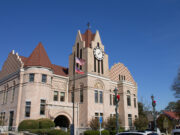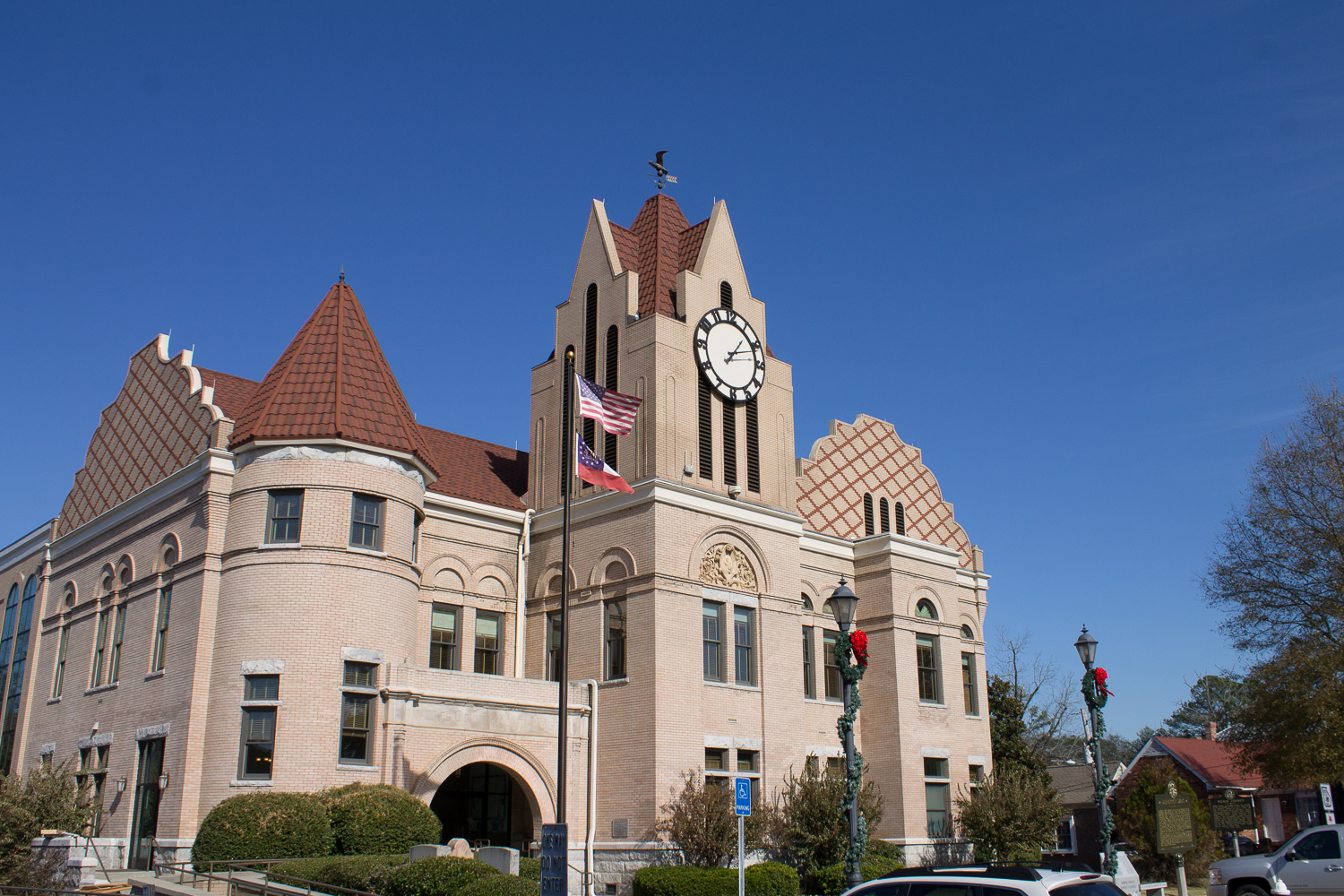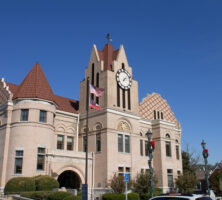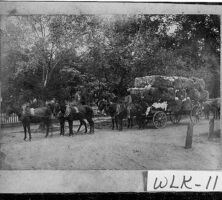Located in east central Georgia, Wilkes County was created in 1777. The state’s first county, it was originally far larger than its current 471 square miles.
The area that became the original Wilkes County was called the New Purchase or Ceded Lands, referring to the land lying between the Broad River and the Savannah River, which today includes Elbert and Lincoln counties, as well as parts of Oglethorpe, Taliaferro, and Warren counties. Wilkes County is named for John Wilkes, a colorful member of British Parliament who opposed some of the British policies that eventually led to the American Revolution (1775-83).
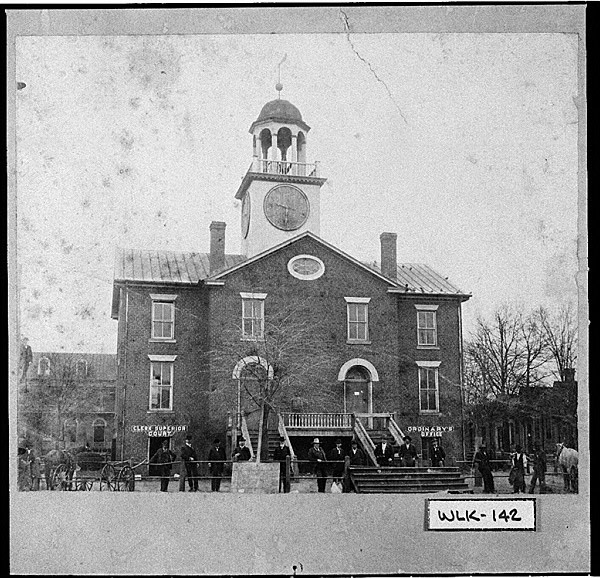
Creek and Cherokee people originally held the land but lost it to whites in a treaty signed in 1773. The first non-Indians in the area were fur trappers and traders; the first white settlers came from North Carolina, followed soon by a large number of Virginians. The latter were wealthier, more educated, and often held a higher social status than the former. Sociocultural differences between the two settler groups led to political dissension that eventually spread across Georgia, with citizens choosing sides led by men from one group or the other.
The area now forming Wilkes County saw action during the American Revolution, most notably on February 14, 1779, during the Battle of Kettle Creek, one of the most decisive conflicts of the war. British forces, solidly defeated by the Americans, were prevented from moving farther into west Georgia. The eventual county seat, Washington, was settled in 1773 by Stephen Heard, a one-term governor of Georgia. He established a fort known initially as Heard’s Fort and later as Fort Washington, honoring his former neighbor, George Washington. The first court sessions north of Augusta were held at Heard’s Fort in 1779. During Heard’s term as governor (1780-81), the colonial legislature met in Augusta, but he used Fort Heard as his capital during a time when Augusta was endangered.

The town itself was laid out in the midst of the Revolution, retaining the name to honor General Washington and, thus, reputedly becoming the first town in the United States named for him. The first official courthouse was built in 1785 on the spot where the fort had stood and served until 1904, when the current building was completed. The town, incorporated in 1805, grew steadily, and its prosperity was enhanced by improved access to outside markets in 1853, when the Georgia Railroad built a line from Washington to Barnett, in Warren County. The first cotton mill in the South was built in Wilkes County, and it was there, in the Cooper-Sanders-Wickersham House, that Jefferson Davis dissolved the Confederacy in 1865.
Wilkes County’s economy originally relied heavily on cotton, and Washington was once a thriving commercial center. However, the damage to cotton done by the boll weevil in the 1920s caused a precipitous decline in the fortunes of the area, exacerbated in the following decades by the closure of numerous manufacturing plants. The peak population of 24,210 in 1920 had dropped to 10,687 by 2000. Among the current efforts to reverse decades of economic decline is the aggressive pursuit of new industries through the building of industrial parks. A successful workplace-to-school educational partnership has also been instituted and serves as a model for other counties. There are also creative efforts under way to make use of the rich heritage of this historical county, in hopes of boosting tourism.
The other incorporated towns in the county are Rayle and Tignall, which was known earlier as “Little Atlanta.”
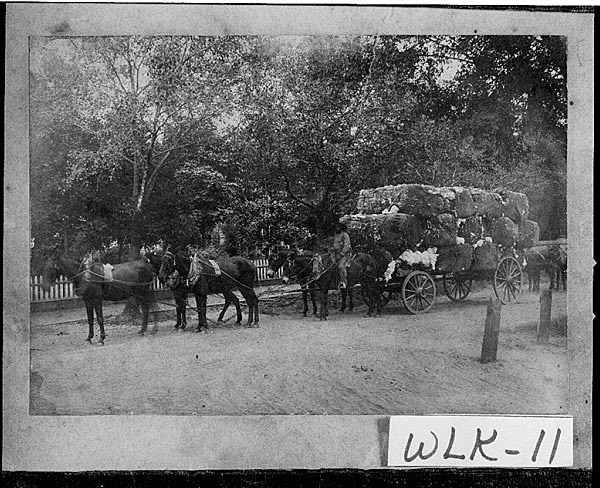
Wilkes County has been home to several notable Georgians, including U.S. Supreme Court justice John Archibald Campbell, who helped decide the Dred Scott case; Alexander Stephens, vice president of the Confederacy; Robert Toombs, secretary of state of the Confederacy; Ben Fortson, Georgia’s secretary of state; governor George Mathews; Jesse Mercer, Baptist leader and publisher; and John Springer, noted educator and clergyman and the first Presbyterian minister ordained in Georgia.
Wilkes County boasts twenty-nine entries in the National Register of Historic Places, including several districts within Washington. Structures range from Victorian to Greek revival in style. Among them are the courthouse, the Robert Toombs House, and the Washington Historical Museum, which houses a rare collection of Civil War (1861-65) relics, including Jefferson Davis’s camp chest. The Callaway Plantation, northwest of Washington, is a working farm museum, and southwest of Washington is the Kettle Creek Battlefield.
According to the 2020 U.S. census, the population of Wilkes County was 9,565.


